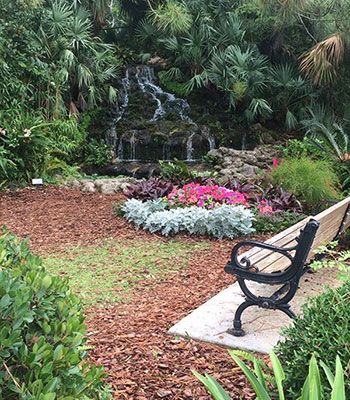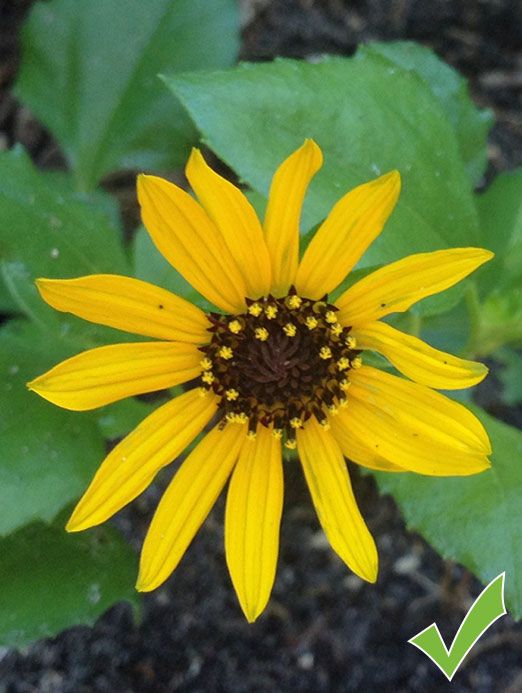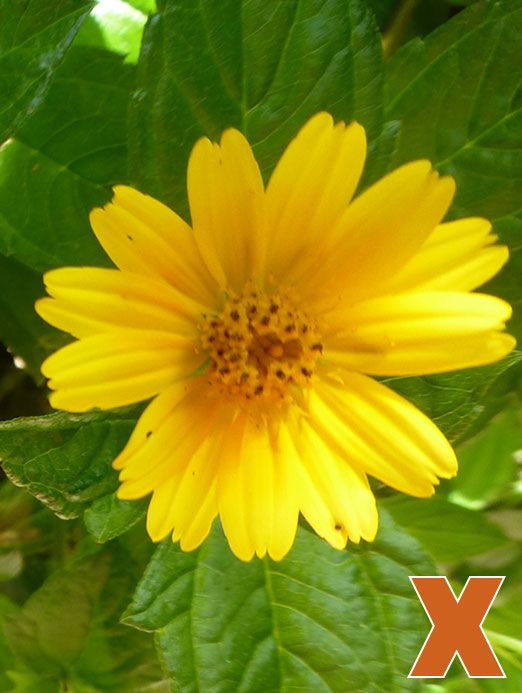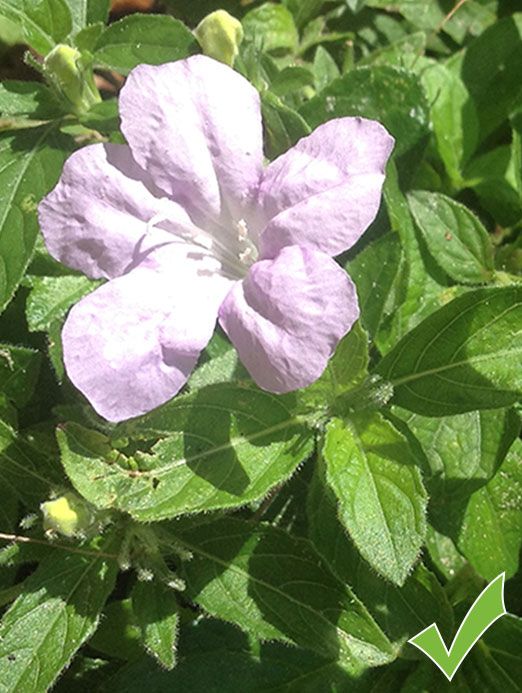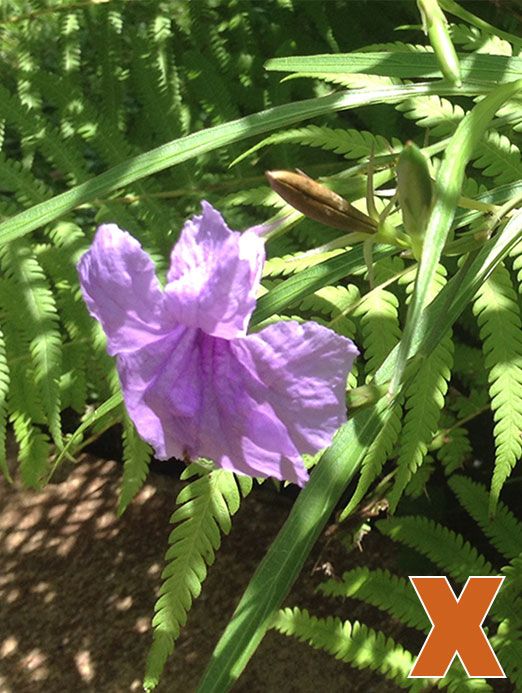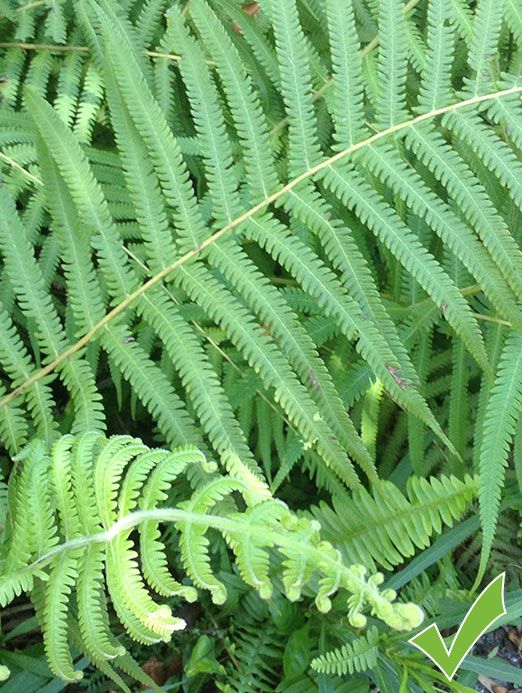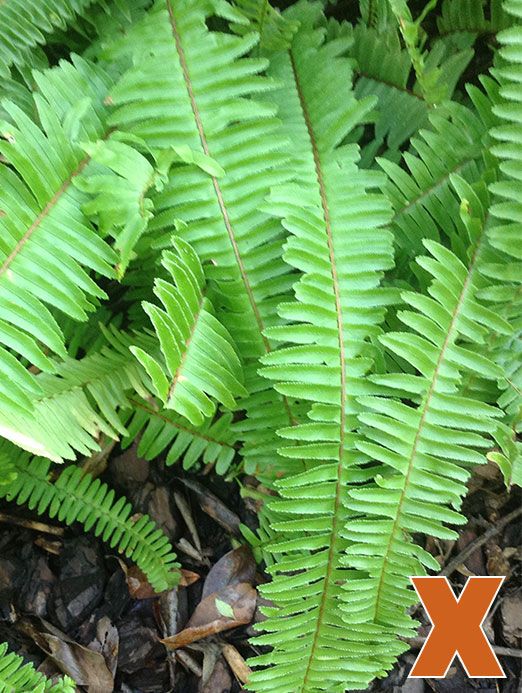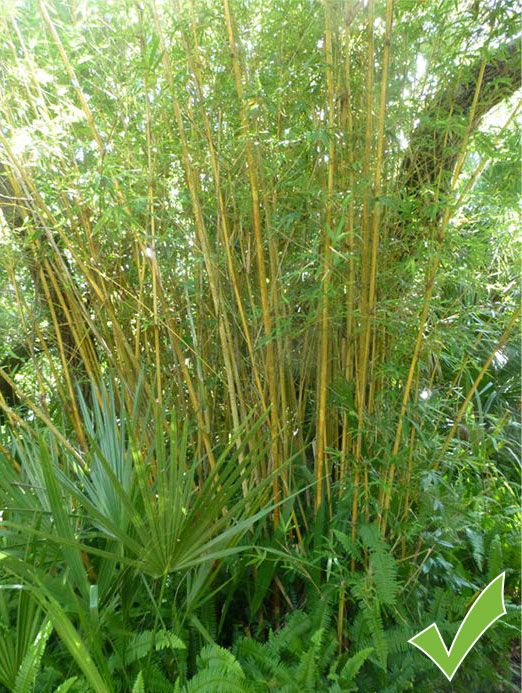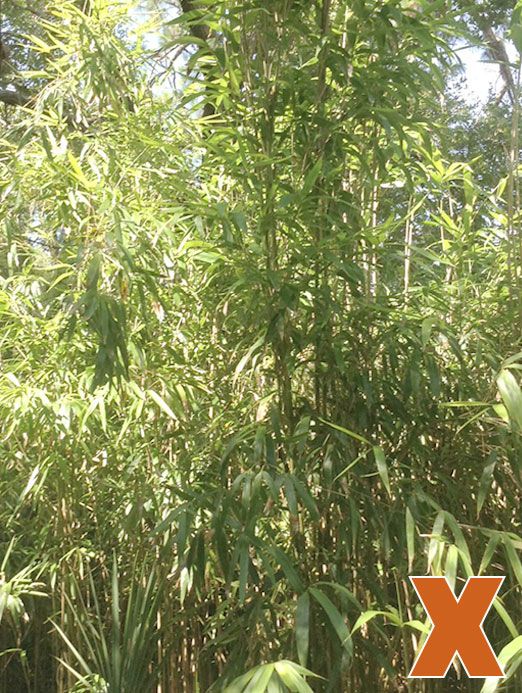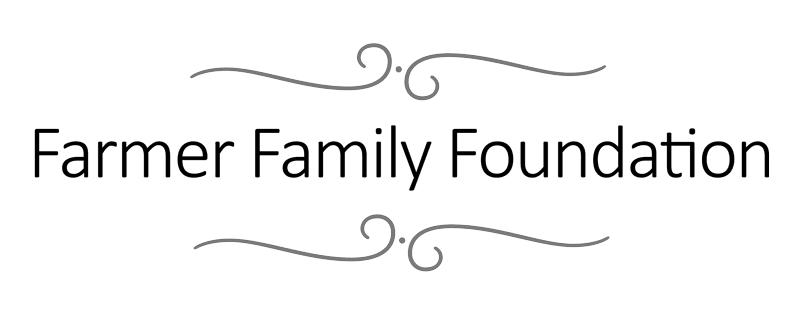Plant This, Not That!
A guide to native and invasive plant species in the gardens
The Ormond Memorial Art Museum & Gardens welcomes you to find inspiration in nature.
The gardens, like many other places in Florida and around the world, are home to some varieties of invasive species. Invasive species include living things that are non-native to an ecosystem, and their spread can cause harm to native species and be difficult to remove entirely.
In order to prevent some of these invasive plant varieties from spreading further, we have included some alternative, Florida-native species options for you to keep in mind when planting your own gardens.
While enjoying your walk, see if you can spot the plants we've featured!
-
-
-
Beach Sunflower
"Helianthus debilis"
The beach sunflower is a Florida-native plant that is known to attract butterflies. You can recognize it by yellow petals that resemble daisies or sunflowers and brown center - as well as its head, which follows the sun as it moves throughout the day! It flowers
year-round in hot, dry sites.
-
Wedelia
"Wedelia trilobata"
Don't mistake these golden petals for the beach sunflower - you can tell wedelia apart from its non-invasive counterpart by its yellow center and shiny leaves. Wedelia grows rapidly and takes over larger areas. Even a small piece can root and begin to take over landscapes, and it is not easily removed. It can be mowed as a control method.
-
Florida Wild Petunia
"Ruellia Caroliniensis"
Another native species, the Florida wild petunia is known for its ability to grow strong, even in difficult conditions. It features eye-catching petals, flowering violet in the spring, summer, and fall. Butterflies also love its nectar.
-
Mexican Petunia
"Ruellia Brittoniana or Ruellia Simplex"
While its bright purple flowers may look cheerful, the Mexican petunia has actually disrupted ecological functions in Florida. It is known for its ability to "spray" out seeds up to ten feet from the plant, due to energy stored in the seed capsules. It also can spread by its root system. These underground stems can be difficult to remove.
-
Southern Shield Fern
"Thelypteris kunthii"
A good groundcover plant, the Southern shield fern spreads and thrives in shade gardens. It grows in light green triangle-shaped fronds. Unlike some other plants, deer will not eat the Southern shield fern.
-
Sword Fern
"Nephrolepis cordifolia"
A very sneaky invasive species, the sword fern is sometimes confused with native ferns and even sold in stores under their names. The invasive type sometimes produces tubers which the plant uses for water storage, making it more drought-tolerant. They can be hand-pulled, but regrowth will occur from little string-like "runners."
-
Clumping Multiplex Bamboo
"Bambusa multiplex"
Clumping bamboo is known to grow tightly together in one spot. Also known as "hedge bamboo," the diameter of this variety is 1 ½ inches. Bamboo is actually a fast-growing grass! Cut and harvested bamboo has many uses, such as flooring, fencing, and even creating fabrics.
-
Running Arrow Bamboo
"Pseudosasa japonica"
Unlike clumping bamboo, running bamboo is known to spread rampantly. It has a rhizome (rooting) structure with an independent underground stem and spreads as far as it is tall in every direction! In order to contain this variety, the rhizome network must be killed.
PHOTOS BY KAREN SHARER
INFORMATION ADAPTED FROM UF/IFAS EXTENSION, UNIVERSITY OF FLORIDA
